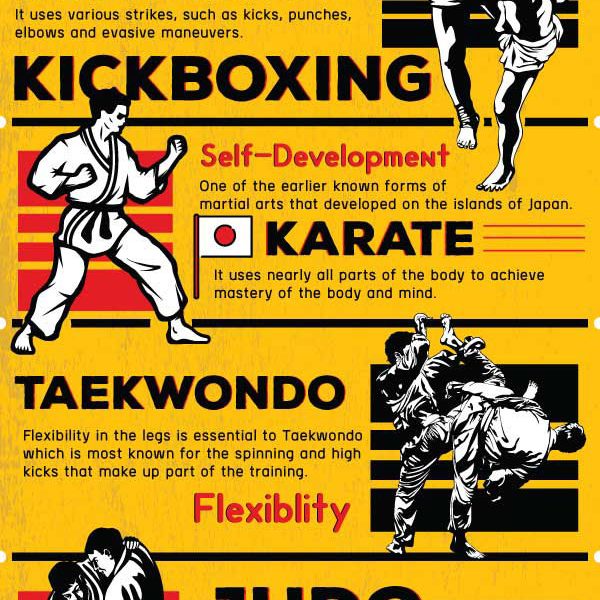The Background And Advancement Of Martial Arts All Over The World
The Background And Advancement Of Martial Arts All Over The World
Blog Article
Article Composed By-Hess Silverman
Martial arts have an interesting background that extends centuries and continents. You might discover it intriguing just how old techniques like Shuai Jiao and Kalaripayattu prepared for contemporary combat strategies. These disciplines not just stress physical abilities however additionally show the cultures that birthed them. As you discover their development, consider just how globalization has transformed these standard forms into crossbreed styles. What impacts do you think have formed today's martial arts landscape?
Ancient Martial arts: The Foundations of Battle
As you look into the world of old martial arts, you'll discover the rich structures that formed combat strategies across societies. Very early practices focused on Self-Defense and survival, frequently integrating strikes, hurting, and weaponry.
In old China, as an example, strategies like Shuai Jiao highlighted throws and joint locks, while India's Kalaripayattu showcased dexterity and liquid activity. how young can kids start martial arts developed Kenjutsu, a polished swordsmanship that highlighted technique and approach.
These martial arts offered not just for fight however likewise as a way of individual advancement, instilling values like respect and determination. The blending of these methods in time laid the groundwork for the diverse martial arts you see today, each reflecting the one-of-a-kind viewpoints and demands of its society.
The Cultural Impact on Martial Arts Growth
While martial arts commonly show the sensible requirements of a society, they also embody the social worths and beliefs of their beginnings. When kung fu classes for adults check out different martial arts, you'll discover exactly how they're influenced by religion, ideology, and social standards.
For instance, the emphasis on respect and discipline in Japanese martial arts originates from Zen Buddhism and samurai society. In contrast, Brazilian Jiu-Jitsu advertises versatility and technique, formed by the need for performance in a diverse, multicultural atmosphere.
You may locate that the rituals, attires, and training methods reflect a community's background and identity. By understanding these cultural impacts, you strengthen your recognition of martial arts and their role fit human experiences around the world.
Modern Adaptations and the Globalization of Martial arts
Martial arts have changed substantially in recent years, adjusting to modern culture and global influences. You'll observe that conventional forms have combined with contemporary techniques, developing hybrid styles like MMA. These adaptations cater to varied audiences, making martial arts accessible and appealing around the world.
With the surge of social media and electronic platforms, you can discover tutorials and competitors from all edges of the world, damaging geographical obstacles. This globalization has caused a shared gratitude for various disciplines, from Brazilian Jiu-Jitsu to Taekwondo.
As you involve with these arts, you'll recognize they're not practically combat; they promote health and fitness, self-control, and mental health.
Ultimately, modern adaptations have actually enriched the martial arts landscape, making it a dynamic and evolving practice.
Final thought
In discovering the history and evolution of martial arts, you reveal a fascinating blend of techniques, cultures, and approaches. From old disciplines like Shuai Jiao and Kalaripayattu to the modern flexibility seen in MMA, martial arts reflect humanity's quest for Self-Defense and personal development. As you engage with these practices, you not only gain skills however additionally a much deeper appreciation for the varied practices that form our world today. So, continue your trip and accept the art of fight!
